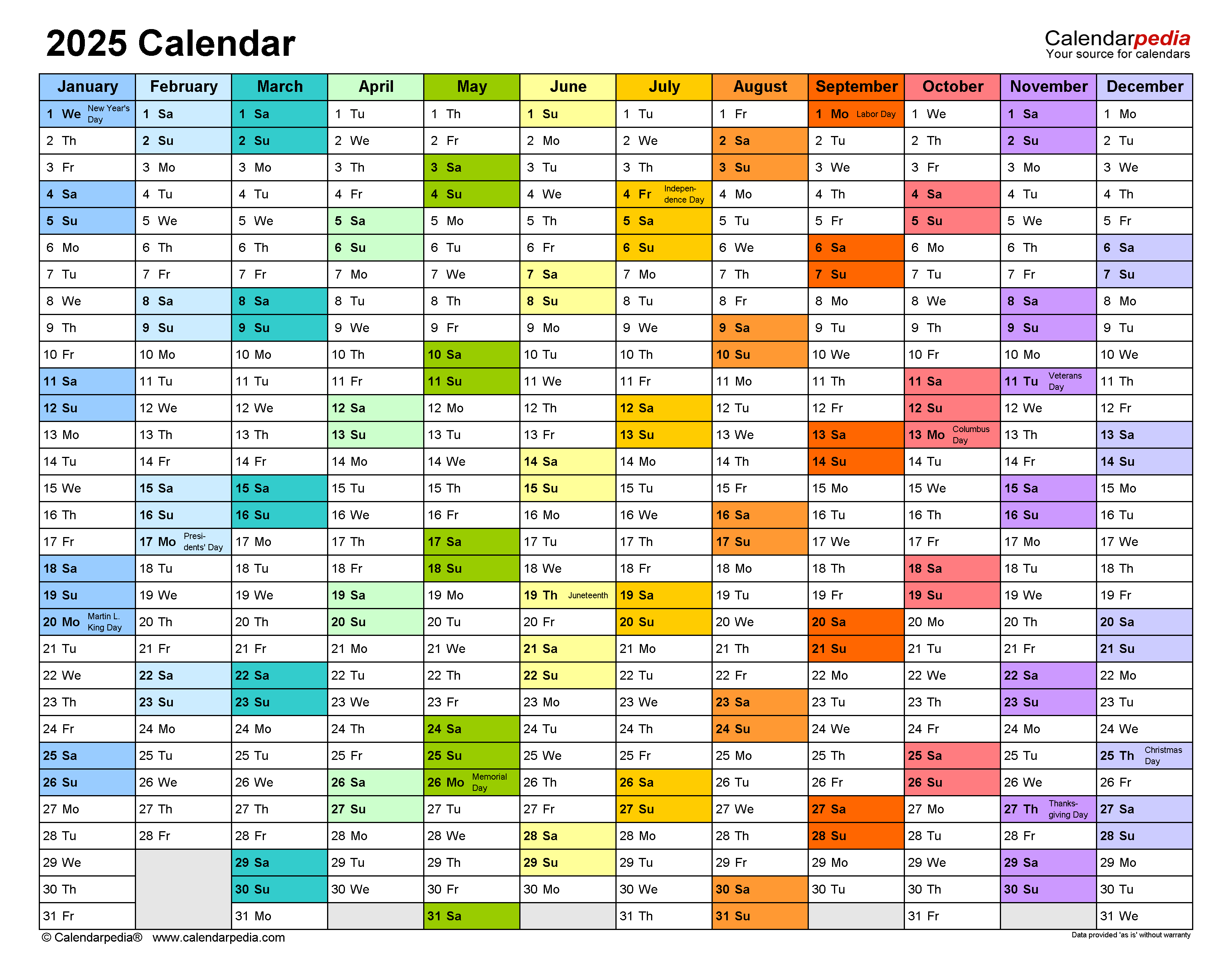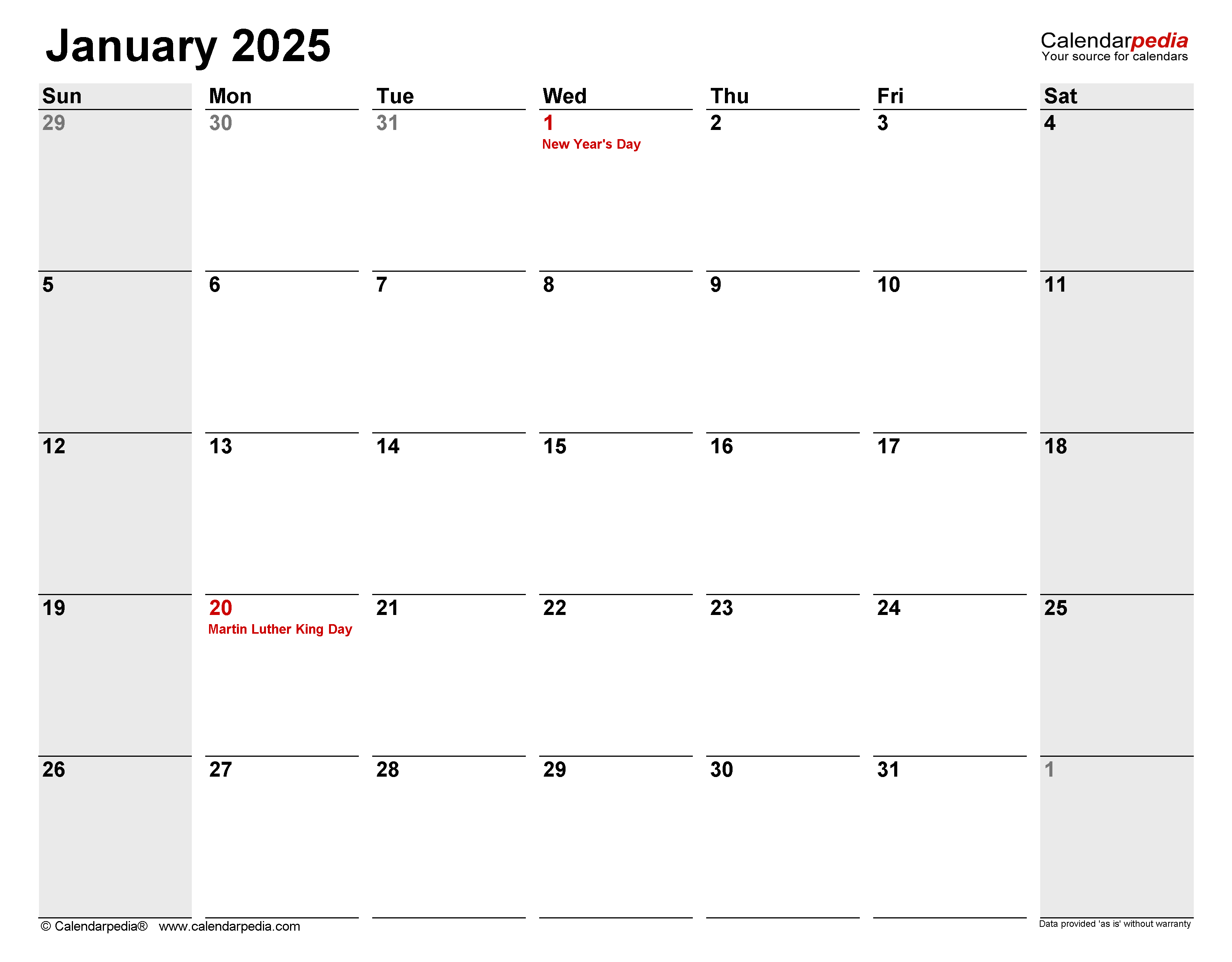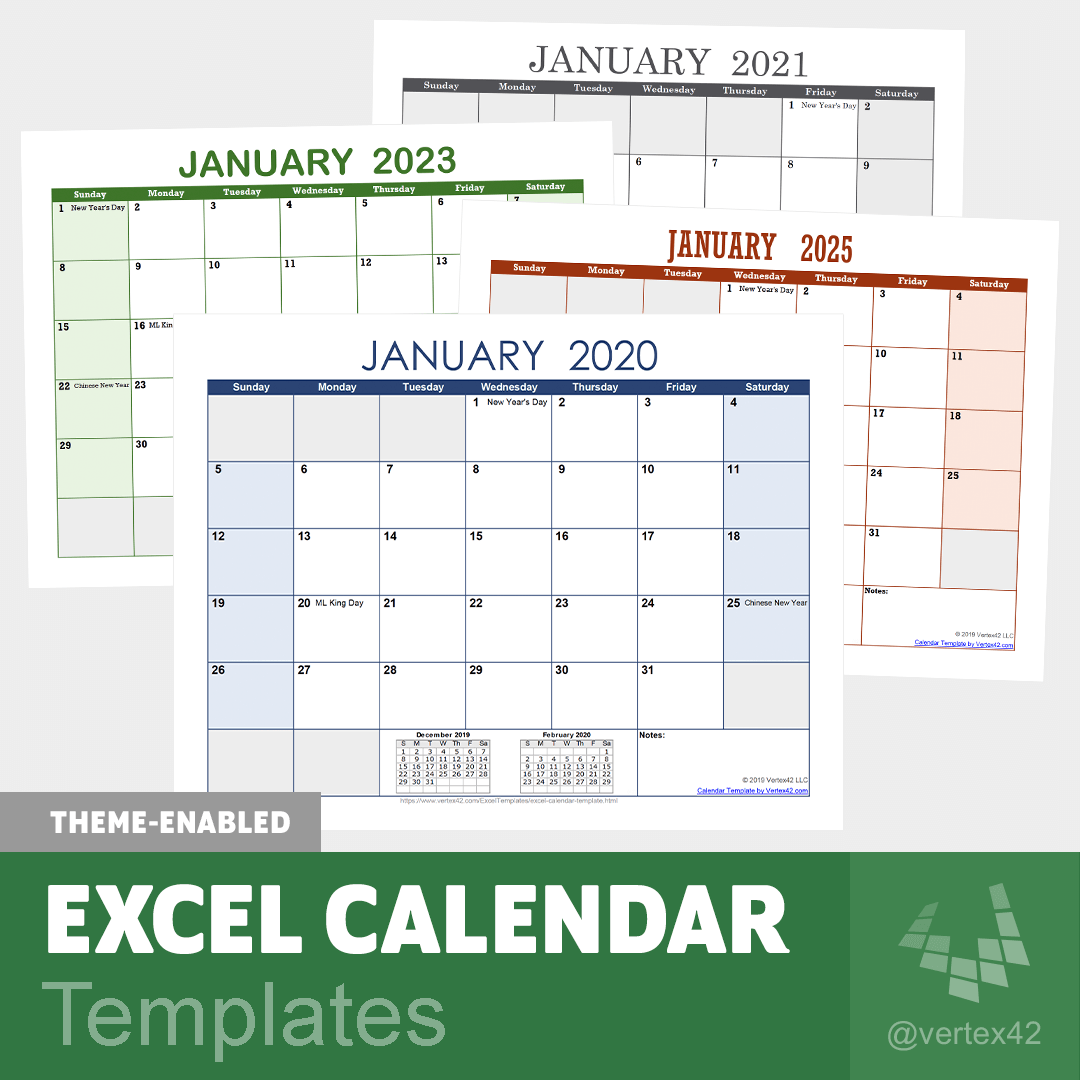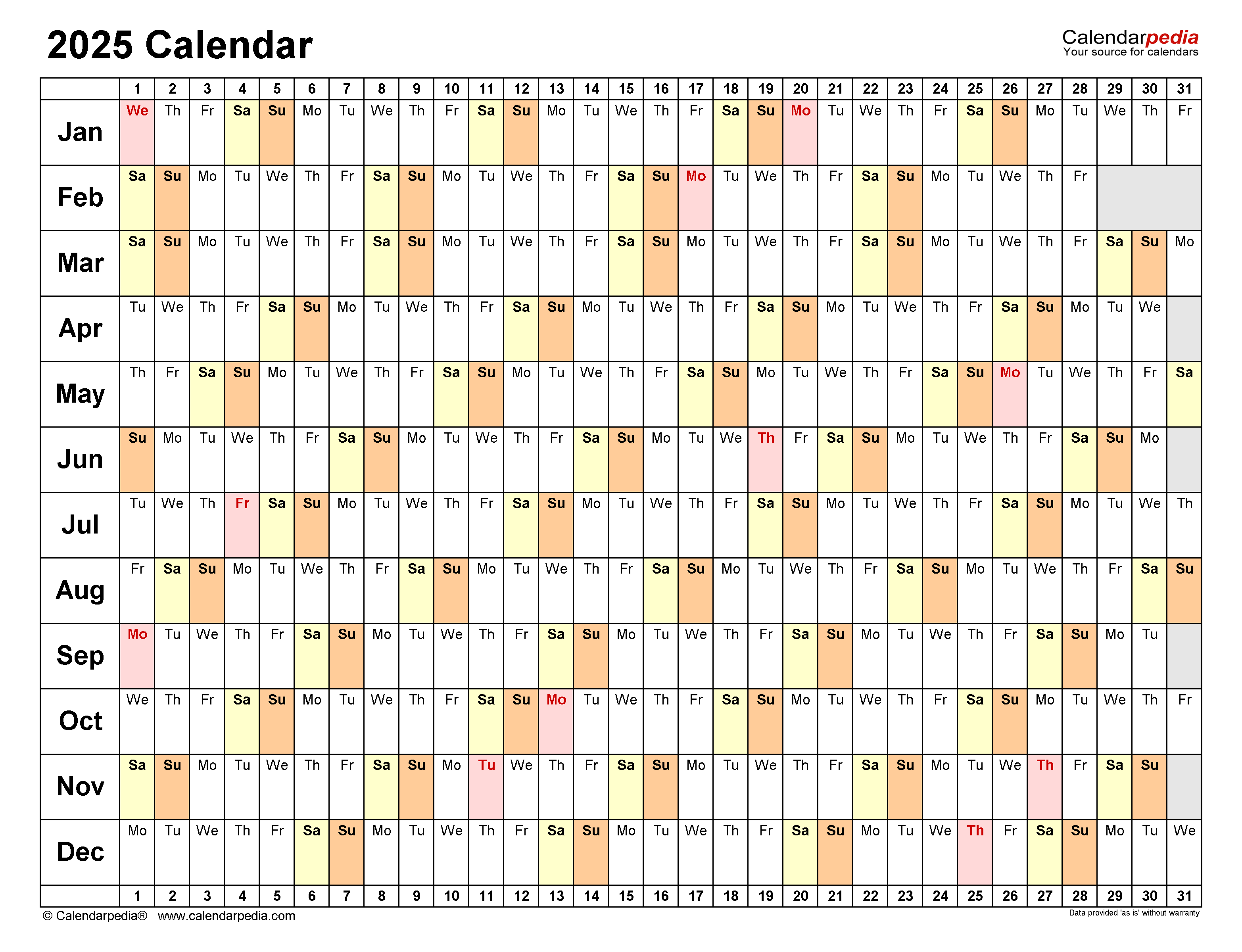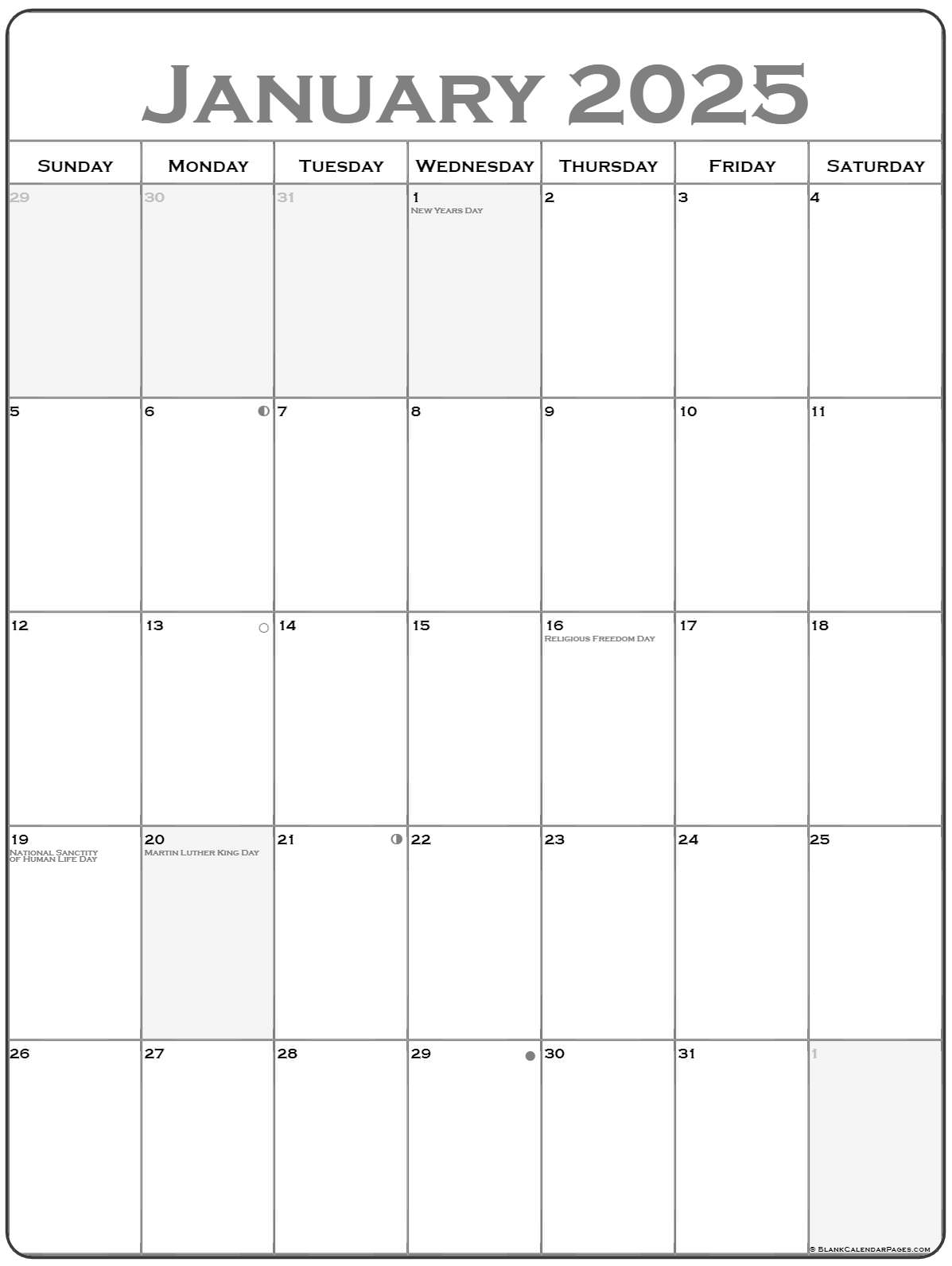May 2025 Calendar Like Excel
Navigating May 2025: A Comprehensive Guide with Excel-Style Functionality
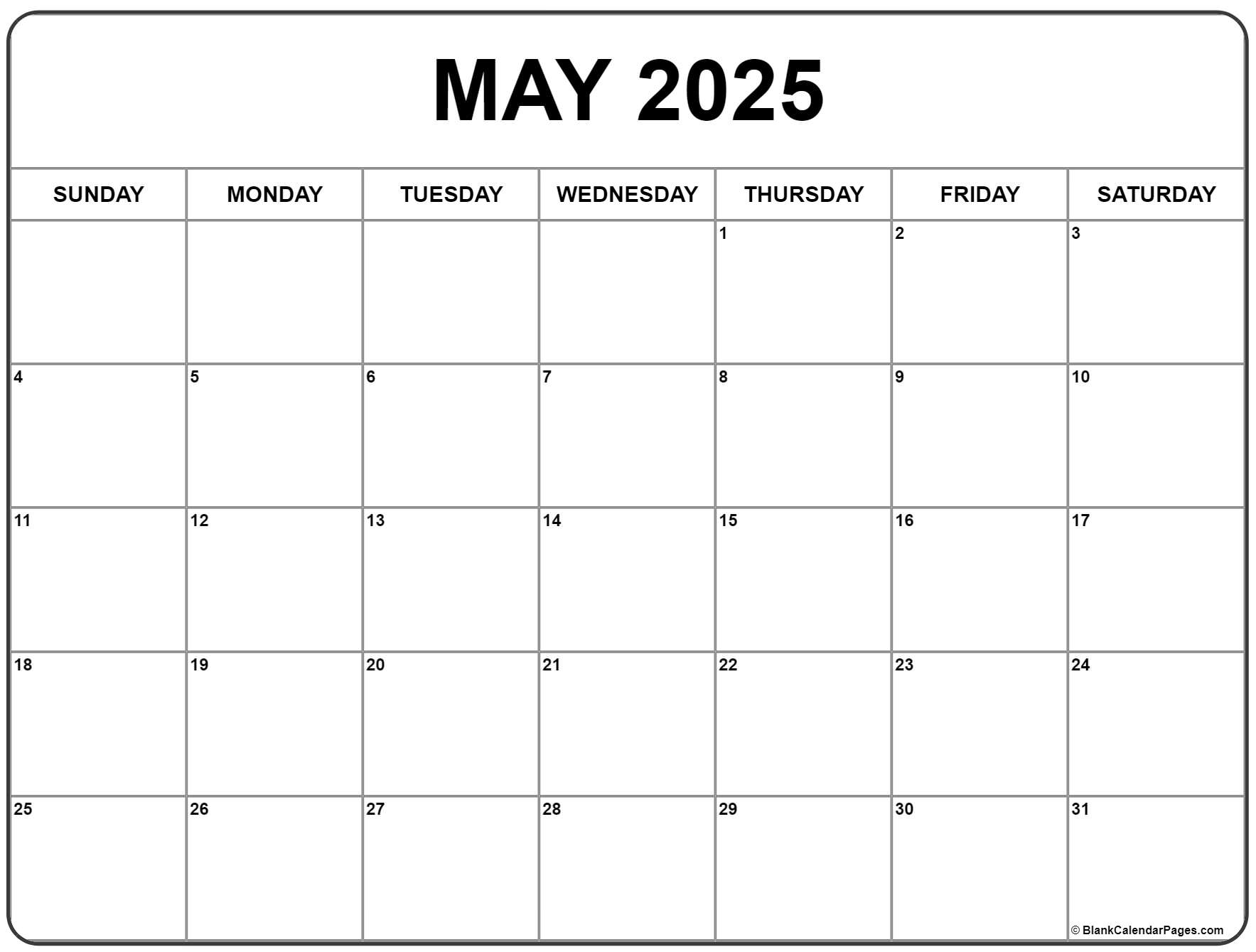
May 2025 is just around the corner, and for many, effective planning is key to maximizing the month’s potential. Whether you’re a project manager meticulously tracking deadlines, a student juggling assignments, or simply someone who prefers a structured approach to life, a well-organized calendar is indispensable. This article provides a detailed look at May 2025, mimicking the functionality of an Excel spreadsheet to offer a comprehensive and flexible planning tool. We’ll break down the month day-by-day, highlighting key dates and providing space for personalized entries, all within a framework designed for ease of use and adaptability.
I. The May 2025 Calendar: A Spreadsheet Approach
Instead of a simple calendar view, we will present the information in a table format reminiscent of an Excel spreadsheet. This allows for greater detail and customization. Each day will be represented as a row, with columns dedicated to various aspects of planning:
| Date | Day of the Week | Event/Task | Priority | Notes | Time | Status | Assigned To |
|---|---|---|---|---|---|---|---|
| May 1, 2025 | Thursday | ||||||
| May 2, 2025 | Friday | ||||||
| May 3, 2025 | Saturday | ||||||
| May 4, 2025 | Sunday | ||||||
| May 5, 2025 | Monday | ||||||
| May 6, 2025 | Tuesday | ||||||
| May 7, 2025 | Wednesday | ||||||
| … | … | … | … | … | … | … | … |
| May 31, 2025 | Saturday |
(This table continues for all 31 days of May 2025. For the sake of brevity, the full table is not included here, but you can easily create this in a spreadsheet program like Excel, Google Sheets, or Numbers.)
II. Utilizing the Spreadsheet Calendar: A Step-by-Step Guide
This spreadsheet-style calendar is designed to be highly adaptable to your specific needs. Here’s how to effectively utilize each column:
-
Date: This column lists the date for each day in May 2025. This acts as the primary identifier for each row.
-
Day of the Week: This column indicates the day of the week (Monday, Tuesday, etc.). This is helpful for quickly identifying weekdays versus weekends.
-
Event/Task: This is the core of your planning. Enter all scheduled events, appointments, deadlines, tasks, and meetings here. Be specific – instead of "Doctor’s appointment," write "Doctor’s appointment, Dr. Smith, 2:00 PM."
-
Priority: Assign a priority level to each event/task. You can use a simple system like High, Medium, Low, or a numerical scale (1-5, with 1 being the highest priority). This helps you focus on the most important items.
-
Notes: Use this column for additional details, reminders, or context relevant to the event/task. For example, you might note the location of a meeting, a specific document to bring, or a contact person.
-
Time: Specify the time of the event or task. This is especially crucial for appointments and meetings. Use a consistent time format (e.g., HH:MM AM/PM or 24-hour clock).
-
Status: Track the progress of each task. Use labels like "To Do," "In Progress," "Completed," "Delayed," or "Waiting." This provides a visual overview of your workload.
-
Assigned To: If working on a team or delegating tasks, this column allows you to assign responsibility for each item.
III. Key Dates in May 2025 and Potential Planning Considerations
While the specific events will vary depending on your personal and professional life, here are some general considerations for May 2025:
-
Weekends: Plan for personal time and relaxation. Schedule activities, trips, or simply time for unwinding.
-
Holidays: Check for any national or religious holidays that may impact your schedule. This will vary by country and region.
-
Project Deadlines: If you’re working on projects, identify key milestones and deadlines within May. Use the spreadsheet to break down larger projects into smaller, manageable tasks.
-
Appointments: Schedule regular appointments like doctor’s visits, hair appointments, or meetings.
-
Social Events: Plan for birthdays, celebrations, or social gatherings.
-
Travel: If you have any travel plans, ensure they are accurately reflected in the calendar.
IV. Advanced Spreadsheet Features for Enhanced Planning
The basic spreadsheet provides a solid foundation. However, you can enhance its functionality further using advanced Excel features:
-
Formulas: Use formulas to calculate durations, deadlines, or track progress automatically. For example, you could calculate the remaining time until a deadline.
-
Conditional Formatting: Highlight important dates or tasks based on their priority or status. For example, you could highlight high-priority tasks in red.
-
Charts and Graphs: Visualize your schedule or progress using charts and graphs. This can provide a quick overview of your workload and identify potential bottlenecks.
-
Filtering and Sorting: Easily filter and sort your data based on priority, status, or assigned person. This makes it easy to focus on specific aspects of your schedule.
V. Adapting the Spreadsheet to Your Specific Needs
This template is a starting point. Feel free to add or remove columns based on your requirements. You might add columns for:
- Budget: Track expenses related to events or tasks.
- Location: Specify the location of events or tasks.
- Contact Information: Include contact details for relevant people.
- Recurrence: Indicate if a task is recurring (e.g., weekly meetings).
VI. Conclusion:
A well-organized calendar is a cornerstone of effective time management. By utilizing a spreadsheet-style calendar like the one outlined above, you can create a powerful and personalized planning tool tailored to your specific needs. The flexibility of a spreadsheet allows you to adapt and evolve your calendar as your priorities and schedule change, ensuring you navigate May 2025 with confidence and efficiency. Remember to regularly update your calendar to maintain its accuracy and usefulness throughout the month. By proactively planning and utilizing the full potential of this adaptable system, you can make May 2025 your most productive month yet.

